Spray Deodorant
You can help support my website and channel through the “buy me a coffee” page.
Here is the link: https://www.buymeacoffee.com/diycosmetica
Your support helps me keep sharing here more information and more formulas.
Formula with Imwitor® 375:
- Hydrosol mint /distilled water 78.6%
- Panthenol (Vitamin B5) 2%
- Emulsifier Imwitor® 375 (INCI: Glyceryl Citrate/Lactate/Linoleate/Oleate) 3%
- Triethyl Citrate 4%
- Essential oil lavender 1%
- Alcohol 96% (INCI: Alcohol/Ethanol) 10%
- Lactic acid 0.6%
- Preservative Cosgard (NCI: Benzyl Alcohol, Dehydroacetic Acid, Aqua) 0.8%
Formula with polysorbate 80:
- Hydrosol mint /distilled water 76.6%
- Panthenol (Vitamin B5) 2%
- Polysorbate 80 5%
- Triethyl Citrate 4%
- Essential oil lavender 1%
- Alcohol 96% (INCI: Alcohol/Ethanol) 10%
- Lactic acid 0.6%
- Preservative Cosgard (NCI: Benzyl Alcohol, Dehydroacetic Acid, Aqua) 0.8%
In this post, I'll describe the ingredients I used to create a spray deodorant with the active ingredient Triethyl Citrate. If you prefer a creamy deodorant with zinc oxide as an active ingredient, check the post Natural Cream Deodorant Since Triethyl Citrate is not water-soluble, this formula (for a spray deodorant) needs an emulsifier to incorporate the Triethyl Citrate and the essential oil. You can use Imwitor® 375 (INCI: Glyceryl Citrate/Lactate/Linoleate/Oleate) or Polysorbate 80. You have two formulas, one with Imwitor® 375 and the other with Polysorbate 80. The formula with Imwitor® 375 creates an opaque mixture, while Polysorbate 80 creates a transparent mixture.
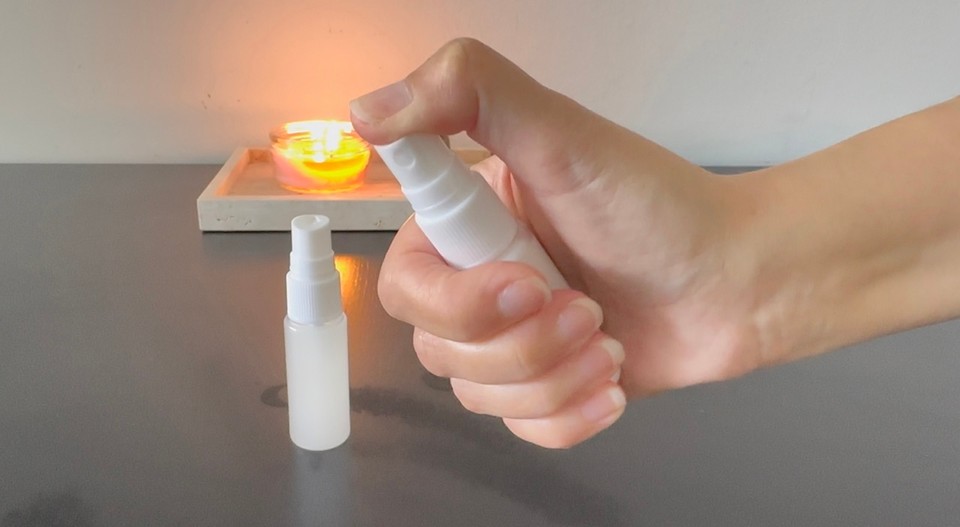
Triethyl Citrate is an ester derived from citric acid and ethanol. Citric acid is a natural compound in citrus fruits like lemons, limes, and oranges. The production of triethyl citrate involves a chemical reaction where citric acid is esterified with ethanol, which can be naturally occurring or synthetically performed in laboratories. Its origin is rooted in natural ingredients, making it a popular choice for those seeking more environmentally friendly and sustainable cosmetic ingredients. Triethyl Citrate's versatility is evident in its wide use across the cosmetic industry. It acts as a solvent, plasticizer, and fragrance ingredient. In nail polishes, it plays a crucial role as a plasticizer, imparting flexibility and durability to the film formed on nails. This practical application demonstrates its value in enhancing product performance. Triethyl Citrate's effectiveness in spray deodorants stems from its ability to control odors. It achieves this by inhibiting enzymatic activity that leads to the breakdown of sweat components into malodorous compounds. This mechanism not only reduces body odor but also enhances the overall user experience of the product. Triethyl Citrate's deodorizing action is due to its ability to interfere with the bacterial metabolism that typically leads to body odor. When applied to the skin, triethyl citrate undergoes hydrolysis, releasing citric acid. This acidification of the skin surface creates an environment that is less conducive to the growth and activity of odor-producing bacteria. Additionally, Triethyl Citrate can interact directly with sweat, forming complexes that are less prone to bacterial decomposition. This dual action—preventing bacterial activity and reducing sweat breakdown—makes Triethyl Citrate an excellent ingredient for spray deodorants. It ensures long-lasting odor control while being gentle on the skin, making it suitable for sensitive skin types. Its inclusion in deodorants not only enhances product efficacy but also aligns with consumer preferences for effective, natural, and skin-friendly cosmetic solutions.
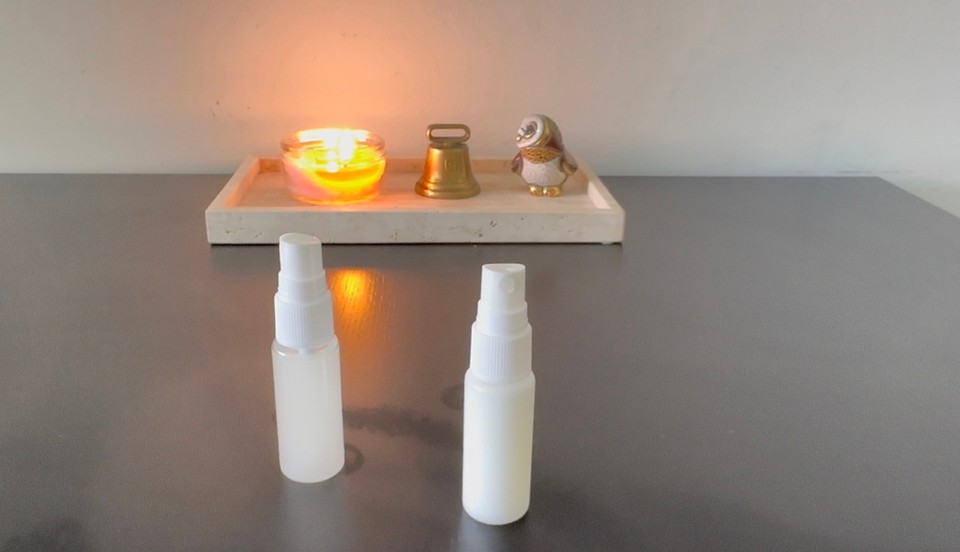
In the first formula, I used Imwitor® 375, which is derived from natural, renewable resources. It consists of mono-, di-, and triglycerides of citric acid, lactic acid, linoleic acid, and oleic acid, sourced from plant-based materials. This emulsifier enhances skin feel and provides moisturizing properties. It is gentle on the skin, reducing the risk of irritation. It is best to heat Imwitor® 375 to create a stable emulsion. Heating helps to ensure that the emulsifier fully dissolves and integrates with other ingredients. It is recommended to heat it to around 60-70°C (140-158°F).
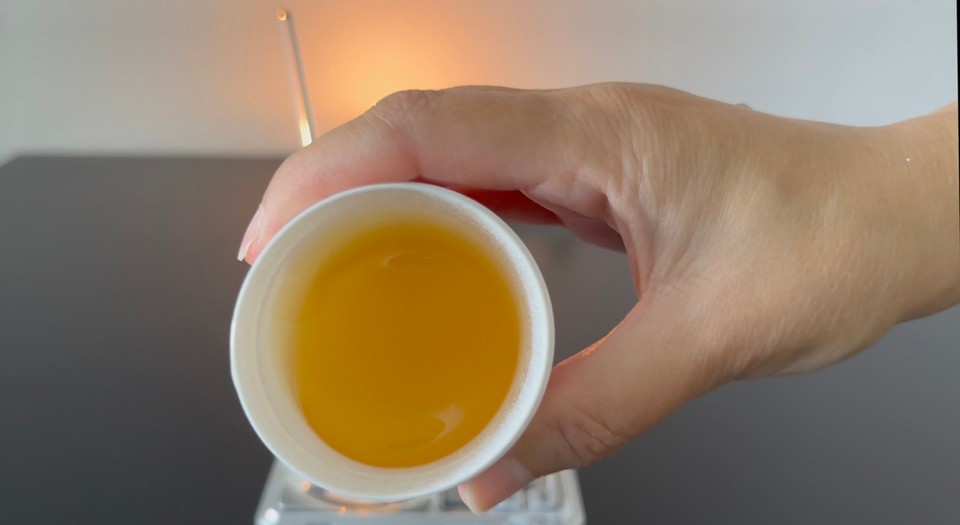
In the second formula, I used Polysorbate 80 which is derived from natural sources but undergoes a synthetic process. It is created by ethoxylating sorbitol, a sugar alcohol found in fruits and berries, and oleic acid, a fatty acid in vegetable oils like olive oil. This process combines natural raw materials with synthetic chemical techniques to produce the final emulsifying agent.Polysorbate 80 is gentle on the skin, making it suitable for sensitive areas like the underarms.
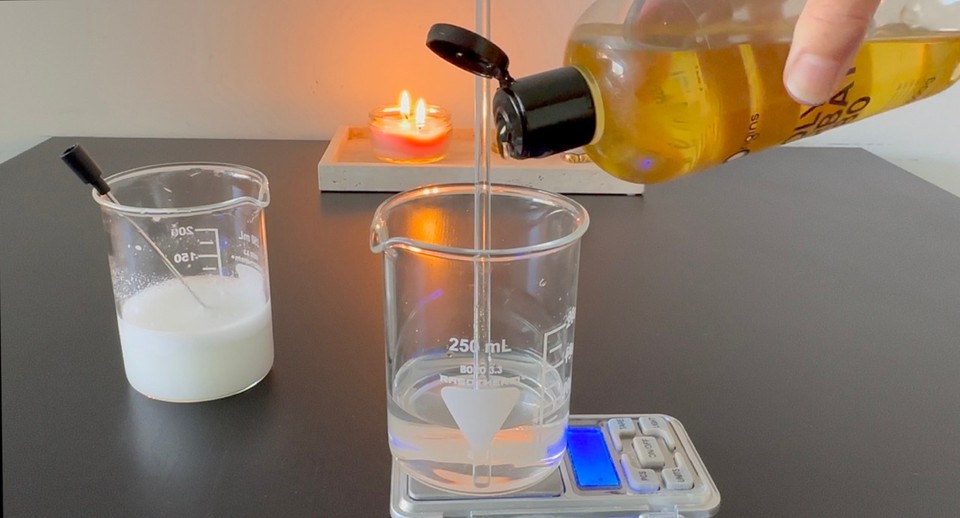
Alcohol (INCI: Alcohol/Ethanol) is effective at killing bacteria and other microorganisms, helping to reduce and prevent body odor caused by bacterial growth. It evaporates rapidly, ensuring the deodorant dries quickly upon application, leaving the skin feeling fresh and dry without any sticky residue. Additionally, alcohol can tighten pores, providing a temporary reduction in sweating and enhancing the overall effectiveness of the deodorant. Since this formula contains alcohol, which can dry the skin, I wanted to balance it with some hydrating ingredients, so I used Panthenol. Panthenol helps attract and retain moisture, keeping the skin hydrated and preventing dryness, which is especially beneficial after shaving or waxing. With its soothing and healing properties, panthenol can also reduce redness and inflammation. In this formulaI I used an 80% lactic acid solution, which helps maintain an acidic pH, acts as a humectant (draws moisture to the skin and keeps it hydrated), and reduces bacterial growth, which helps control odor. Lavender essential oil has natural antibacterial properties that combat odor-causing bacteria. Its anti-inflammatory effects soothe irritated skin, while its antifungal properties protect against fungal infections. Beyond simply masking odors, lavender oil neutralizes them, providing a natural and effective deodorizing effect. You can use Geranium essential oil or Rosemary essential oil instead of the lavender essential oil.
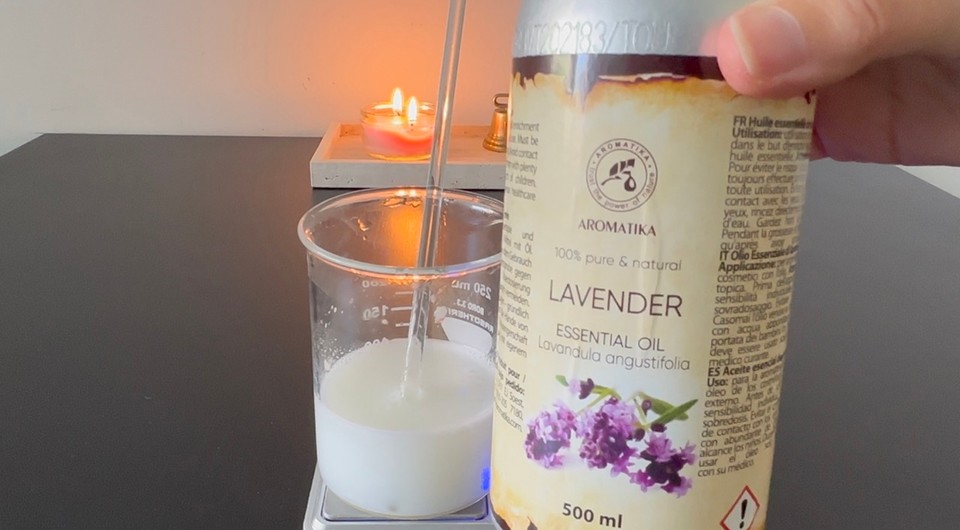
The optimal pH for a spray deodorant typically ranges from 4 to 5 . This slightly acidic level helps maintain the skin's natural balance and prevents irritation. Such a pH can effectively inhibit the growth of odor-causing bacteria while being gentle on the skin. pH between 4 to 5 in the final product helps that the Triethyl Citrate will be beneficial in this product. I used Cosgard for a preservative; if you use another preservative, choose one that can perform in an acidic pH range. Use your preservative according to the supplier's instructions. If you need less than 0.8%, add the difference amount to the hydrosol / distilled water. Although the ingredients in this formula are suitable for sensitive skin, it is advisable to perform a patch test before using the spray deodorant.
Method:
- In a beaker, add the hydrosol or distilled water.

- Add the panthenol and mix to dissolve.
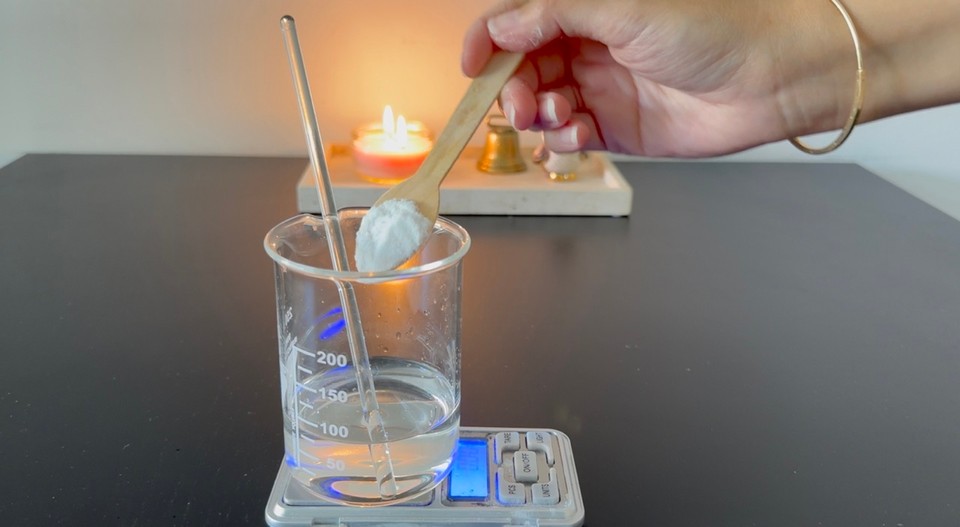
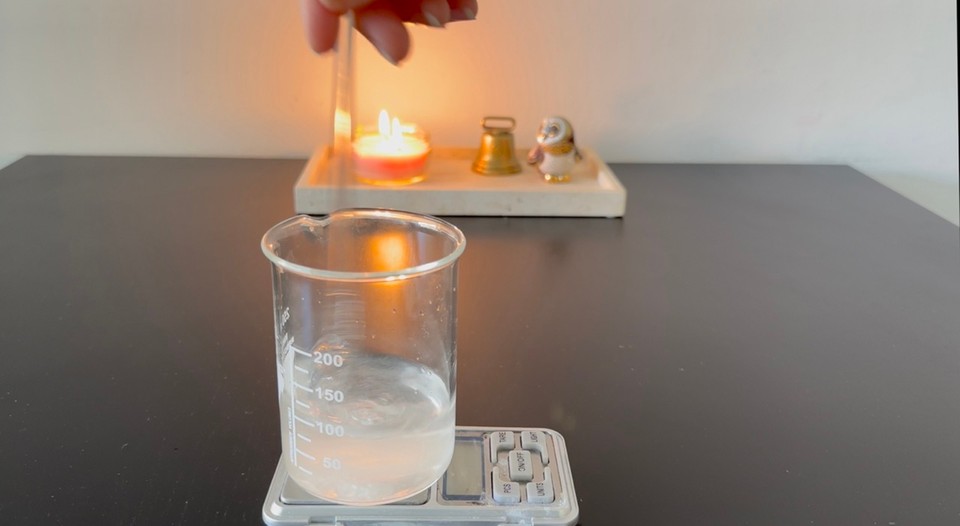
- Add the emulsifier. If you're making this deodorant with Imwitor® 375 - heat it for 15 minutes in a double boiler to around 60°C. Mix with a high-speed blender for 2-3 minutes to create an emulsion, and let the emulsion cool down to 40°C before adding the rest of the ingredients.
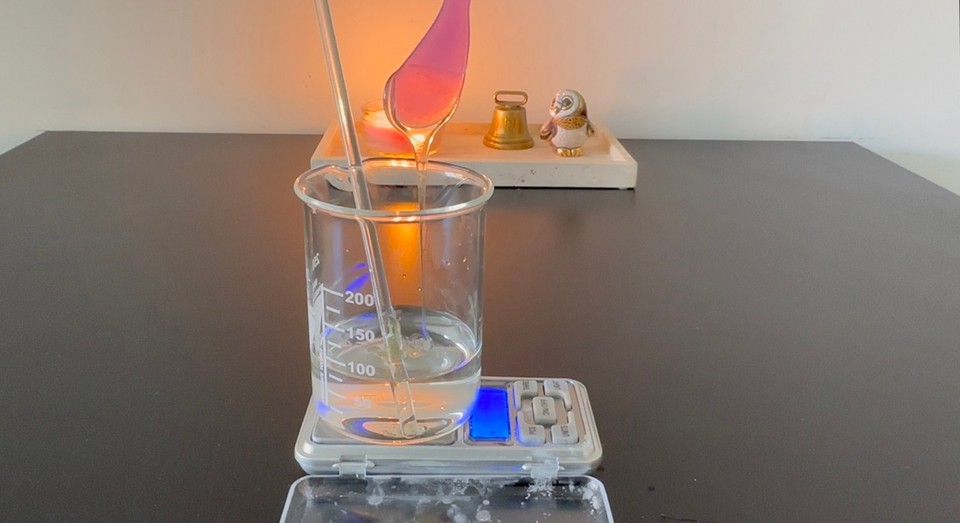
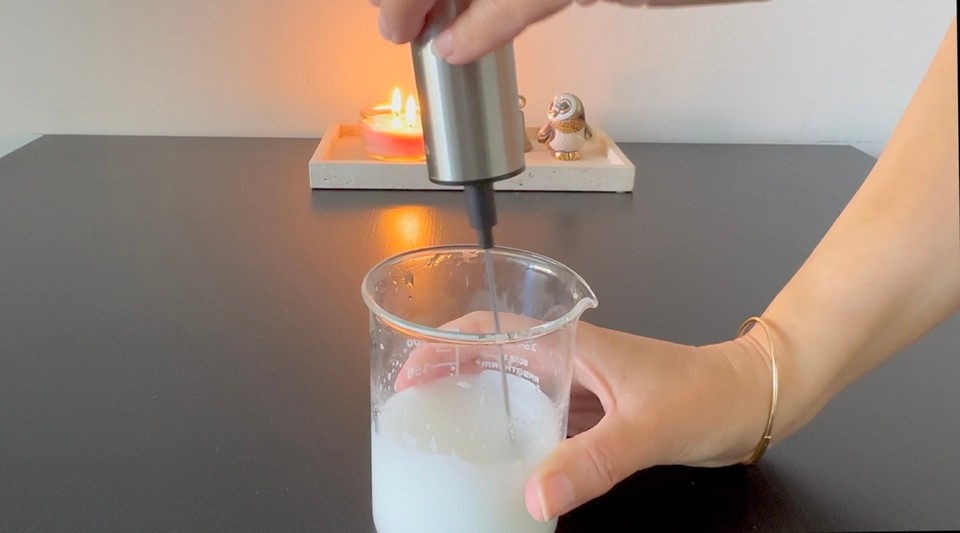
- Add the Triethyl Citrate and mix to combine.
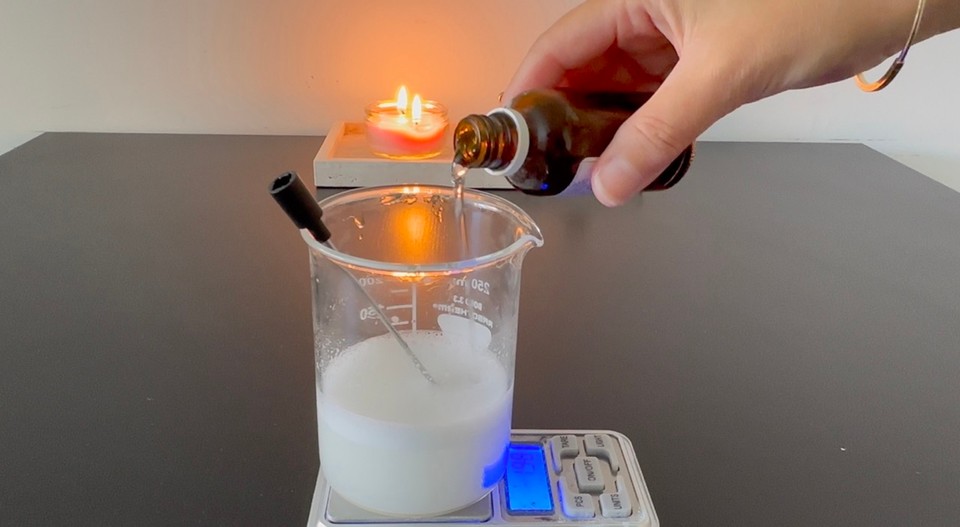
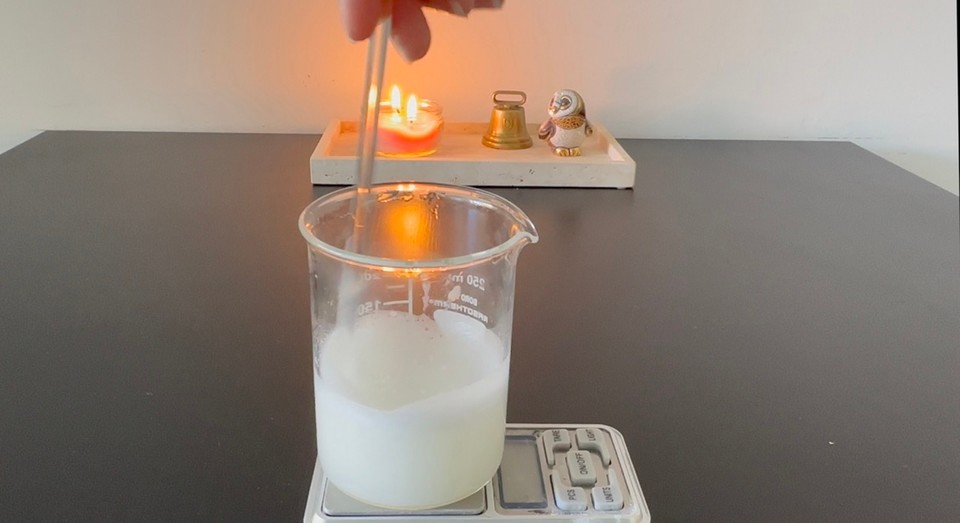
- Add the alcohol and mix to combine.


- Add the lactic acid and mix to combine.
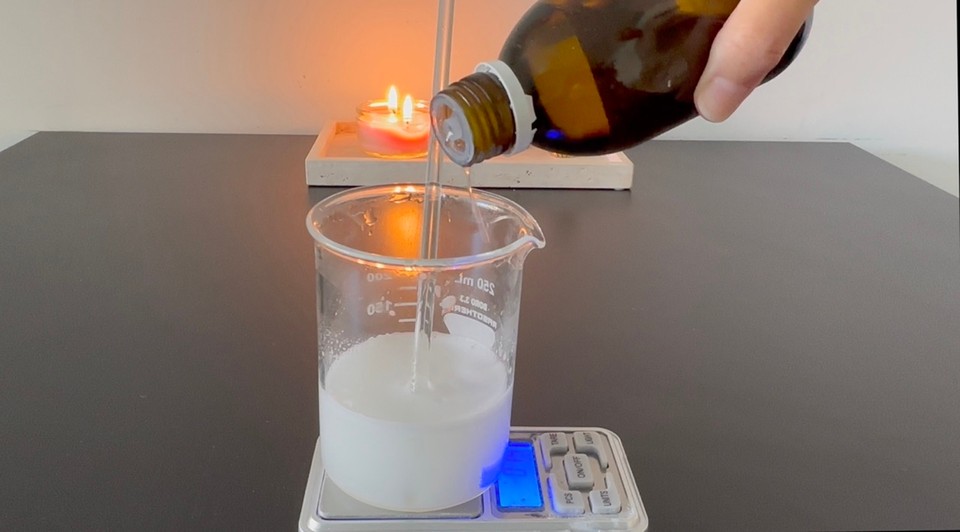
- Add the preservative and the essential oil and mix to combine.

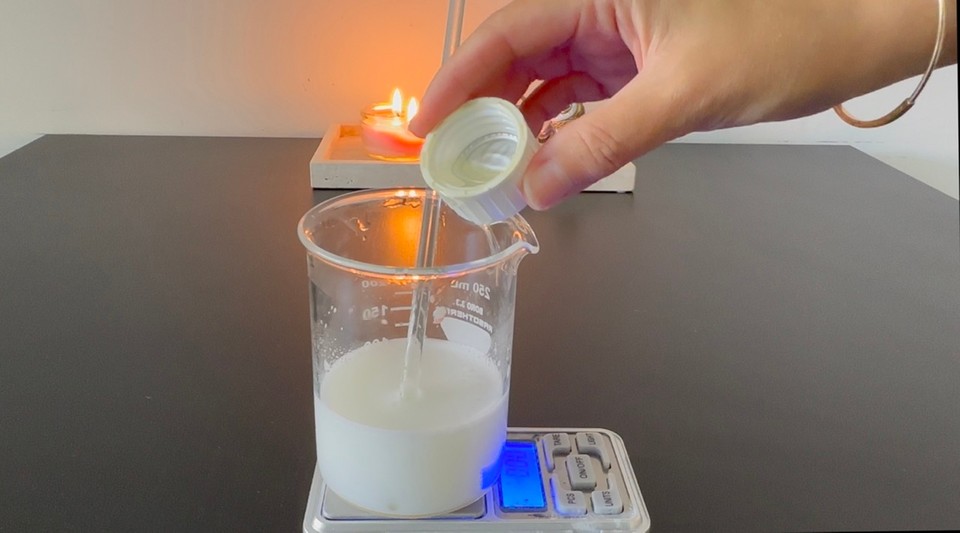
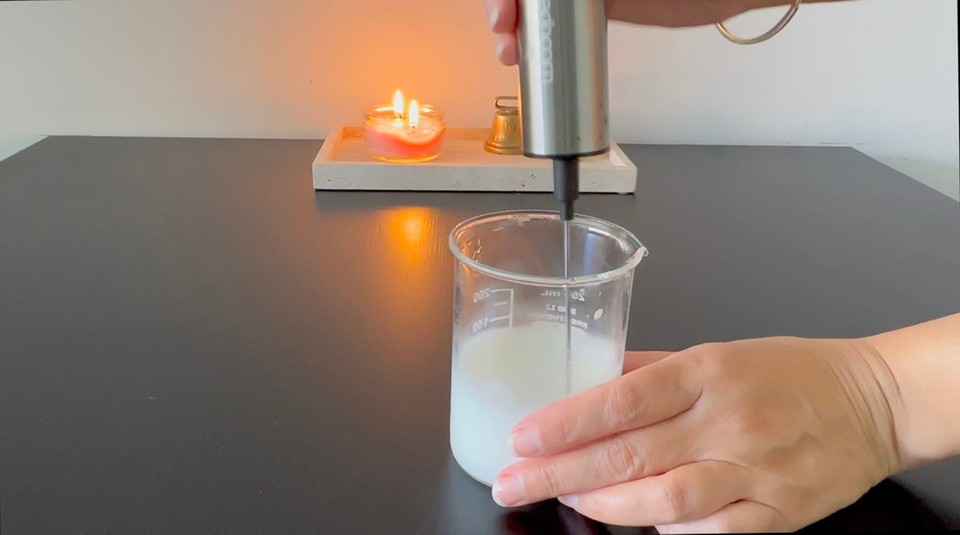
- Check the pH and adjust if necessary. The final product should have a pH between 4 to 5. To read about pH adjustments in cosmetics, check this post.
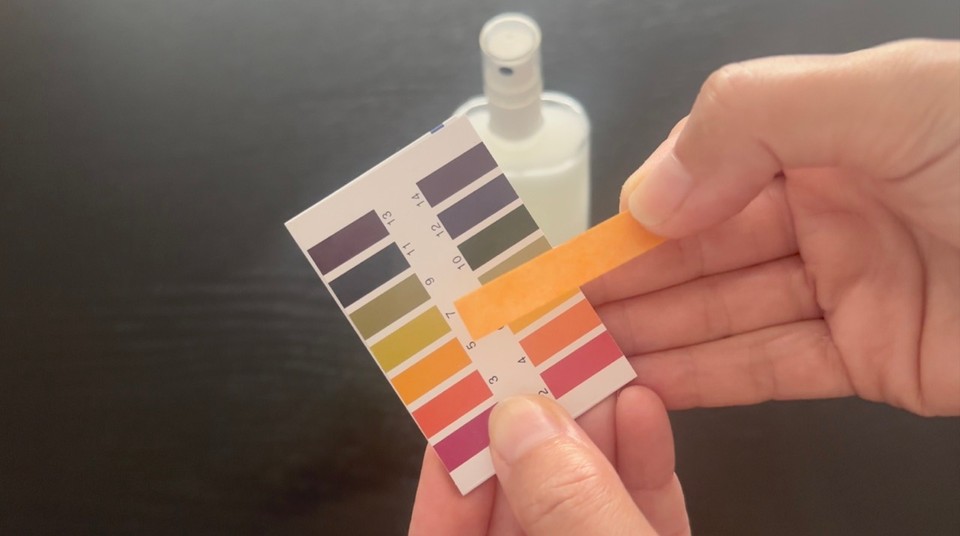
- Pour the deodorant into a spray bottle.



